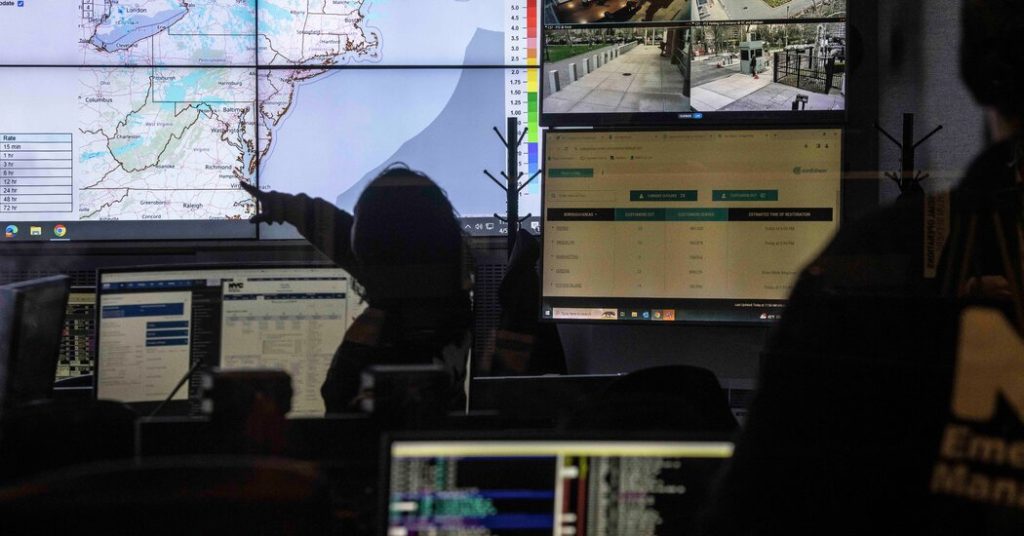The earthquake that hit the Northeast on Friday morning was felt in New York City but did not cause significant damage. However, it raised concerns among residents about the potential for a larger earthquake to strike closer to the city in the future. According to experts, the risk of earthquakes in the New York City area is greater than previously believed due to the occurrence of smaller earthquakes, like the magnitude 1.7 earthquake in Astoria, Queens in January. While it is impossible to predict when an earthquake will strike or how much damage it might cause, forecasts suggest that a stronger earthquake could result in injuries and billions of dollars in damage.
Experts caution that while earthquakes with a similar magnitude to Friday’s are rare in New York City, they are not unheard of. The shaking felt during an earthquake is caused by the movement of Earth’s tectonic plates underground. The location of the epicenter, depth of the earthquake, and quality of construction in the area will all affect the impact of an earthquake on buildings and infrastructure. New York City’s buildings may be vulnerable to earthquakes, but many newer buildings are designed to withstand seismic events, and older buildings have been retrofitted to improve their safety.
The most significant earthquake in New York City’s history occurred in 1884 with a magnitude of 5.2, causing damage to buildings and infrastructure. If a similar earthquake were to occur today, estimates suggest it could result in billions of dollars in damage, destruction of buildings, and displacement of residents. Buildings with brick, storefronts on the ground level, and brittle concrete frames are particularly susceptible to damage during an earthquake. Building codes for earthquake safety have evolved over the years, with cities updating regulations to improve infrastructure resilience.
New York City has plans in place for various disaster scenarios, with the city’s emergency management department considered one of the best in the country. Following an earthquake, officials quickly assess the damage to critical infrastructure, including utilities like Consolidated Edison, which services millions of people in the area. Despite no damage being found after Friday’s earthquake, the utility urged residents to report any gas leaks they may detect. Retrofitting of buildings and infrastructure in New York City has been ongoing to improve their ability to withstand strong shakes in the event of an earthquake.
While earthquakes in New York City are rare, they are a cause for concern due to the potential impact on densely populated areas. The recent earthquake has prompted officials and residents to consider the importance of earthquake preparedness and infrastructure resilience. By being proactive in retrofitting buildings and implementing stringent building codes, New York City can better prepare for potential earthquakes in the future and reduce the risks to residents and infrastructure.


